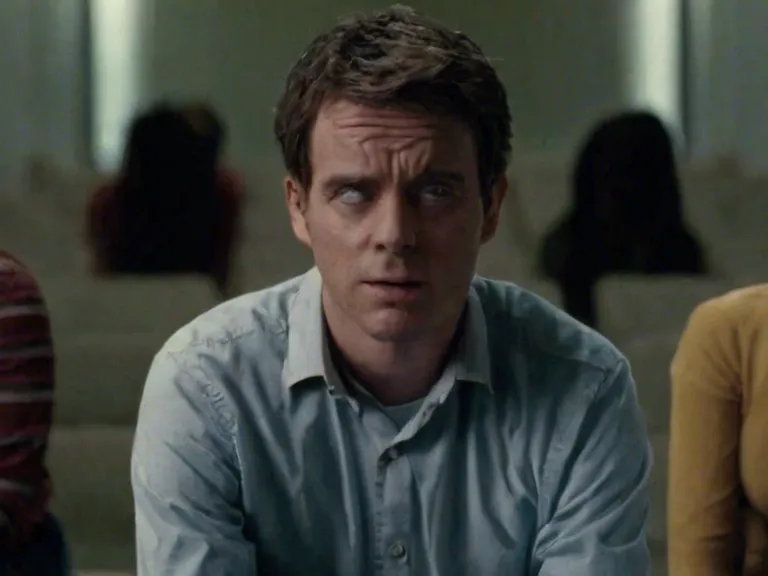
Health narratives have been a recurring theme in cinema, reflecting society's changing attitudes towards wellness and healthcare. From the early days of film to modern blockbusters, the portrayal of health in movies has evolved significantly over time. This article delves into the evolution of health themes in cinema, exploring how they have shaped and been shaped by cultural norms and values.
One of the earliest depictions of health in film can be seen in silent movies like "The Birth of a Nation" (1915), where illness and death were often used as plot devices to evoke emotions from the audience. As movies progressed into the golden age of Hollywood, health narratives became more prominent, with films like "Sunset Boulevard" (1950) addressing issues such as mental health and aging.
In the 1980s and 1990s, the AIDS epidemic brought a new level of awareness to health issues, leading to films like "Philadelphia" (1993) that focused on the impact of the disease on individuals and society. This era also saw the rise of documentaries like "Super Size Me" (2004), which exposed the dangers of fast food and unhealthy eating habits.
Today, health narratives in film have become more diverse and nuanced, with movies like "Still Alice" (2014) and "The Fault in Our Stars" (2014) tackling sensitive topics such as Alzheimer's disease and cancer with empathy and authenticity. These films not only entertain audiences but also educate and raise awareness about important health issues.
As society becomes more health-conscious, filmmakers continue to explore new ways to incorporate wellness themes into their storytelling. Whether it's through inspiring true stories like "Patch Adams" (1998) or thought-provoking dramas like "Contagion" (2011), health narratives in film remain a powerful tool for sparking conversation and promoting understanding about the complexities of human health.


